Portrait of Mahfiruze Hatun / Mahfiruze Hatun portréja
Origin and rise in the harem
The origin and birth-date of Mahfiruz (or Mahfiruze) are unknown. Some said she was a Circassian, others said she was of Greek descent, but none could be considered authentic information. She was probably about the same age as Sultan Ahmed I, so she may have been born around 1590 or shortly before. Sultan Ahmed ascended the throne in 1603, uncircumcised, at a very young age, without a successor. For this reason, the most important task of the young sultan was to produce heirs as soon as possible. To this end, the sultan’s mother, Handan Sultan, and his great-aunt, Gevherhan Sultan, chose beautiful concubines for the sultan. Mahfiruze was also one of them, but it is not known whether she was the first partner of Ahmed or only she was the first to get pregnant.
In November 1604, Mahfiruze gave birth to a healthy boy, making the whole empire happy. Sultan Ahmed named the child Osman, after the founder of the Ottoman House. Osman was the first first-born prince to be born in the imperial capital, Istanbul. The boy’s arrival was followed by a week-long series of public ceremonies, and the day after his birth, Ahmed greeted the statesmen in the divan to kiss his hand and congratulate him on the arrival of his heir. This was not a habit anyway. The Sultan’s hand could only be kissed by the Viziers during religious ceremonies, but the birth of Osman was at least as important as a religious holiday. Ahmed proved that he could have a child.

In the shadow of Kösem
Mahfiruze was certainly given gifts for the birth of the long-awaited heir, but her monopoly did not last long. Ahmed’s other favorite concubine, Kösem, soon also gave birth to a son and rose to the rank of Haseki in late 1605 or early 1606, while Mahfiruze, the mother of the firstborn prince, remained only a consort. Some even say that Mahfiruze was beaten and exiled from the palace due to the Sultan’s orders for irritating Kösem Sultan. However, it is unlikely that the mother of the firstborn prince would have been abused by the Sultan for such a trifle as irritating another consort. In addition, the ambassador reports do not match this event either.
It is therefore probable that, although Mahfiruze could not compete with the influence of Kösem Sultan, she did not seem to have fallen out of favor either. This is also indicated by the fact that she supported the establishment of a dervish hostel in Eyüp.
Unfortunately, the names and numbers of her children are not known for sure, but it can be said with relative certainty that Osman was not her only child. Some consider Gevherhan Sultan to be her daughter, however, if the sultana was born in March 1605, as some sources suggest, she could not have been the daughter of Mahfiruze (nor Kösem). This is also confirmed by the account of Bon, the ambassador, who clearly describes that by 1609 Ahmed had children from three women. Kösem’s children so far have been Mehmed, Ayşe, Fatma (perhaps Hanzade has already been born); Mahfiruze’s child was Osman (and perhaps Prince Cihangir), and the third woman was certainly the mother of Gevherhan Sultan. Mahfiruze’s last presumed child was born in 1612 and was named Bayezid. In addition to Osman, Bayezid was probably really her child, as several ambassadors referred to the prince as Osman’s full-brother and “true heir.”
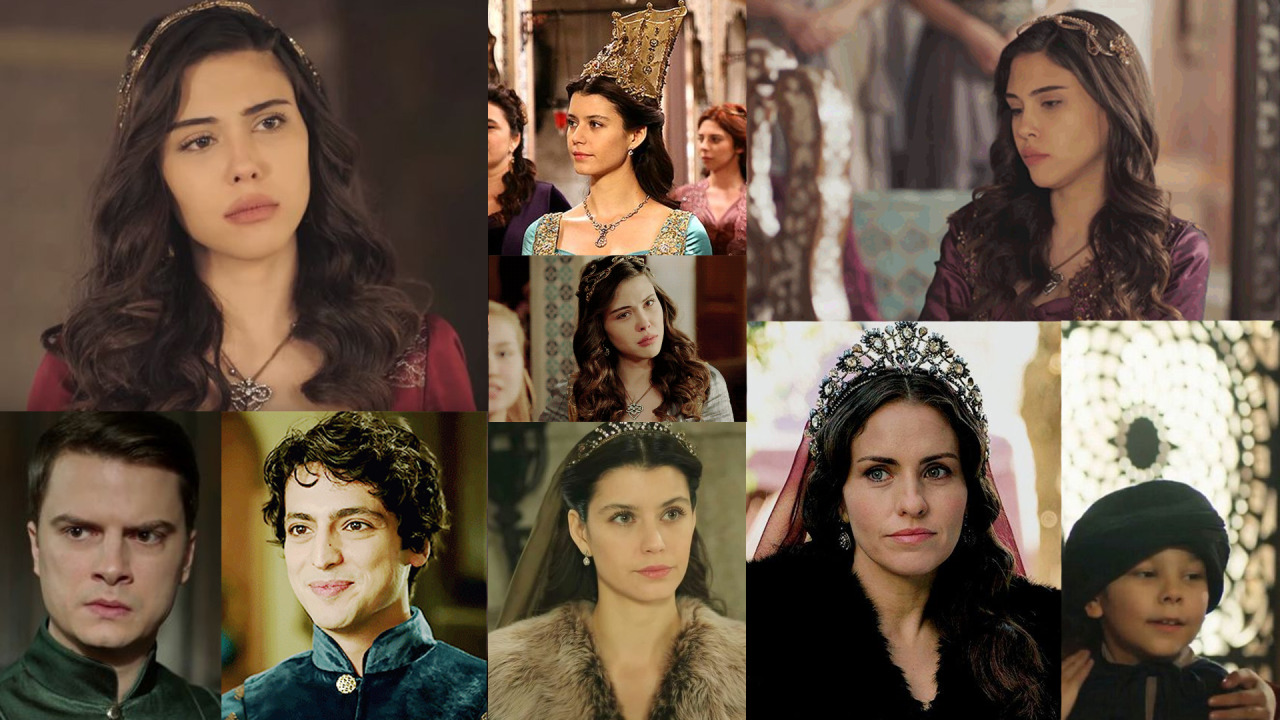
Death and legends
In his account from 1612-1615, Ambassador Valier reported that the sultan had four sons, two from the living and two from the dead sultana. The living sultana is clearly Kösem, and her two sons are Mehmed (1605) and Murad (1612); while the dead sultana could be none other than Mahfiruze, her two sons Osman (1604) and Bayezid (1612). After the birth of Prince Bayezid, Mahfiruze disappears from the harem records, suggesting that she is deceased. It is possible that she died after Bayezid’s or another child’s birth due to complications. But it is also possible that she fell victim to an epidemic. Valier also points out that even if Prince Cihangir was the son of Mahfiruze, he must have died so far; and Valier also points out that Prince Suleiman (1615), who often quoted as the son of Mahfiruze, could not have been her son, as she was already dead when Suleiman was born.
Mahfiruze was buried in the Eyüp Sultan Mosque complex near the dervish hostel she had built. The fact that she was not buried in the complex of the Sultan Ahmed almost completely proves that Mahfiruze died long before the 1616 handover of the mosque complex. This second-hand evidence strongly suggests that Mahfiruze actually died after Bayezid’s birth or soon after his birth. On the other hand, it is completely out of the question, as some completely disbelieving bloggers claim, that Mahfiruze was alive when Ottoman ascended to the throne. Under Osman’s rule, the harem records specifically state that there was no valide sultan and that the harem was governed by Osman’s governess as she was a de facto valide. Proponents of this theory are based, among other things, on the fact that on the tomb of Mahfiruze there is the date of 1618. For this reason, it is believed that Mahfiruze died at this time, but this is clearly not the time of her death, but the date when the tomb was built.
Thus, it is most likely that Mahfiruze died around 1612, and then her son Osman built her tomb almost immediately after his accession to the throne.

Used sources: B. Tezcan - The debut of Kösem Sultan’s political carrieer; M. Özgüleş - The Women Who Built the Ottoman World; G. Piterberg - An Ottoman Tragedy History and Historiography at Play; G. Börekçi - A Queen Mother at Work: On Handan Sultan and Her Regency during the Early Reign of Ahmed I; C. Finkel - Osman’s Dream: The Story of the Ottoman Empire; L. Peirce - The imperial harem; G. Börekçi - Factions and favourites at the courts of Sultan Ahmed I (r. 1603-17) and his immediate predecessors
* * *
Származása és felekemledése a háremben
Mahfiruz (vagy Mahfiruze) eredete, születési ideje nem ismert. Egyesek szerint cserkesz, mások szerint görög származású nő volt, ám egyik sem tekinthető hiteles információnak. Valószínűleg I. Ahmed szultánnal nagyjából egy idős volt, így 1590 körül születhetett vagy valamivel előtte. Ahmed szultán 1603-ban került trónra, körülmetéletlenül, nagyon fiatalon, utód nélkül. Emiatt a legfontosabb feladata az ifjú szultánnak az volt, hogy mielőbb örökösöket nemzzen. Ennek érdekében a szultán édesanyja, Handan szultána és nagy-nagynénje Gevherhan szultána szebbnél szebb ágyasokat választottak a szultánnak. Mahfiruze is egy volt közülük, azt azonban nem tudni, hogy ő volt e Ahmed első partnere vagy csupán ő volt az első aki teherbe esett.
1604 novemberében Mahfiruze egészséges fiú gyermeknek adott életet, amivel az egész birodalmat boldoggá tette. Ahmed szultán a gyermeket az Oszmán-ház alapítója után Oszmánnak nevezte el. Oszmán volt az első, elsőszülött herceg, aki a birodalmi fővárosban, Isztambulban látta meg a napvilágot. A fiú érkezését egy hetes nyilvános ünnepségsorozat követte, valamint a születésének másnapján Ahmed a divanban fogadta az államférfiakat, hogy megcsókolják kezét és gratuláljanak neki a trónörökös érkezéséhez. Ez egyébként nem volt szokás. A szultán kezét csak vallási ünnepségek során csókolhatták a vezírek, ám Oszmán születése legalább akkora jelentőséggel bírt, mint egy vallási ünnep. Ahmed ugyanis ezzel bizonyította, hogy képes gyermeket nemzeni.

Köszem árnyékában
Mahfiruzét minden bizonnyal elhalmozták minden jóval a várva várt örökös megadásáért, ám egyeduralma nem maradt hosszú. Ahmed másik kedvenc ágyasa, Köszem hamarosan szintén fiúnak adott életet és 1605-ben év végén vagy 1606 elején Haszeki rangra is emelkedett, míg Mahfiruze, az elsőszülött herceg anyja továbbra is csak egyszerű ágyas maradt. Egyesek odáig merészkednek, hogy Mahfiruzét azonosítják egy ágyassal, akit követi beszámolók szerint a szultán megveretett, miután az zavarta Köszem szultána békességét. Azonban valószínűtlen, hogy az elsőszülött herceg anyját bántalmazta volna a szultán olyan apróságért, mint egy másik ágyas irritálása. Emellett a követi beszámolók sem egyeznek ezzel az eseménnyel.
Valószínű tehát, hogy Mahfiruze bár nem érhetett fel Köszem szultána befolyásához, úgy tűnik nem esett ki Ahmed szultán kegyeiből sem. Erre utal az is, hogy jótékonykodásként támogatta egy dervis hosztel megalapítását Eyüpben.
Gyermekeinek neve és száma sajnos nem ismert bizonyosan, ám az viszonylagos bizonyossággal állítható, hogy nem Oszmán volt egyetlen gyermeke. Néhányan az ő lányának tartják Gevherhan szultánát, azonban ha a szultána 1605 márciusában született - mint, ahogy egyesek források sugallják - nem lehetett Mahfiruze (sem Köszem) lánya. Ezt megerősíti Bon követ 1609-es beszámolója is, aki egyértelműen leírja, hogy 1609-re Ahmednek három nőtől voltak gyermekei. Köszem gyermekei voltak eddigre Mehmed, Ayşe, Fatma (talán Hanzade is már megszületett); Mahfiruze gyermeke Oszmán (és talán Cihangir herceg); a harmadik nő pedig minden bizonnyal Gevherhan szultána anyja volt. Mahfiruze utolsó vélt gyermeke 1612-ben született és a Bayezid nevet kapta. Oszmán mellett, Bayezid valószínűleg tényleg az ő gyermeke volt, mivel több követ is a hercegre Oszmán édestestvére és “igaz örököse”-ként hivatkozott.

Halála és a legendák
Valier követ 1612 és 1615 között készült beszámolójában úgy számolt be, hogy a szultánnak négy fia van, kettő az élő és kettő a halott szultánától. Az élő szultána egyértelműen Köszem, két fia pedig Mehmed (1605) és Murad (1612); a halott szultána pedig nem lehet más, mint Mahfiruze, két fia Oszmán (1604) és Bayezid (1612). Bayezid herceg születése után Mahfiruze eltűnik a hárem jegyzőkönyvekből, ami arra utal, hogy elhunyt. Lehetséges, hogy Bayezid vagy más gyermek születése után hunyt el komplikációk következtében. De az is lehetséges, hogy járvány áldozata lett. Valier arra is rávilágít, hogy ha Cihangir herceg Mahfiruze fia volt is, bizonyosan elhunyt eddigre, valamint, hogy a sokszor Mahfiruze fiaként jegyzett Szulejmán herceg (1615), szintén nem lehetett Mahfiruze fia, hiszen ő eddigre már halott volt.
Mahfiruzét az Eyüp Sultan mecset komplexumban helyezték végső nyugalomra közel ahhoz a dervis hosztelhez, melyet ő maga építtetett. Az a tény, hogy nem Ahmed szultán mecset komplexumában temették el, szinte teljesen bizonyítja, hogy Mahfiruze jóval a mecset komplexum 1616-os átadása előtt hunyt el. Ezek a közvetett bizonyítékok erősen azt sugallják, hogy Mahfiruze Bayezid herceg születési után közvetlenül vagy nem sokkal tényleg elhunyt. Az viszont teljes mértékben kizárt, amit néhány teljesen hiteltelen blogger állít, hogy Mahfiruze megérte volna Oszmán trónralépését. Oszmán uralkodása alatt a háremjegyzőkönyvek konkrétan jegyzik, hogy nem volt valide szultána, a háremet oszmán dajkája irányította de facto valideként. Ezen teória támogatója többek között arra alapoznak, hogy Mahfiruze síremlékén az 1618-as dátum szerepel. Emiatt azt gondolják, hogy Mahfiruze ekkor hunyt el, ez azonban egyértelműen nem halálának ideje, hanem a síremlék építésének dátuma.
Így tehát a legvalószínűbb, hogy Mahfiruze 1612 körül hunyt el, majd fia Oszmán, trónra lépése után szinte azonnal megépíttette édesanyja síremlékét.

Felhasznált források: B. Tezcan - The debut of Kösem Sultan’s political carrieer; M. Özgüleş - The Women Who Built the Ottoman World; G. Piterberg - An Ottoman Tragedy History and Historiography at Play; G. Börekçi - A Queen Mother at Work: On Handan Sultan and Her Regency during the Early Reign of Ahmed I; C. Finkel - Osman’s Dream: The Story of the Ottoman Empire; L. Peirce - The imperial harem; G. Börekçi - Factions and favourites at the courts of Sultan Ahmed I (r. 1603-17) and his immediate predecessors
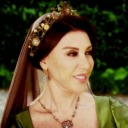
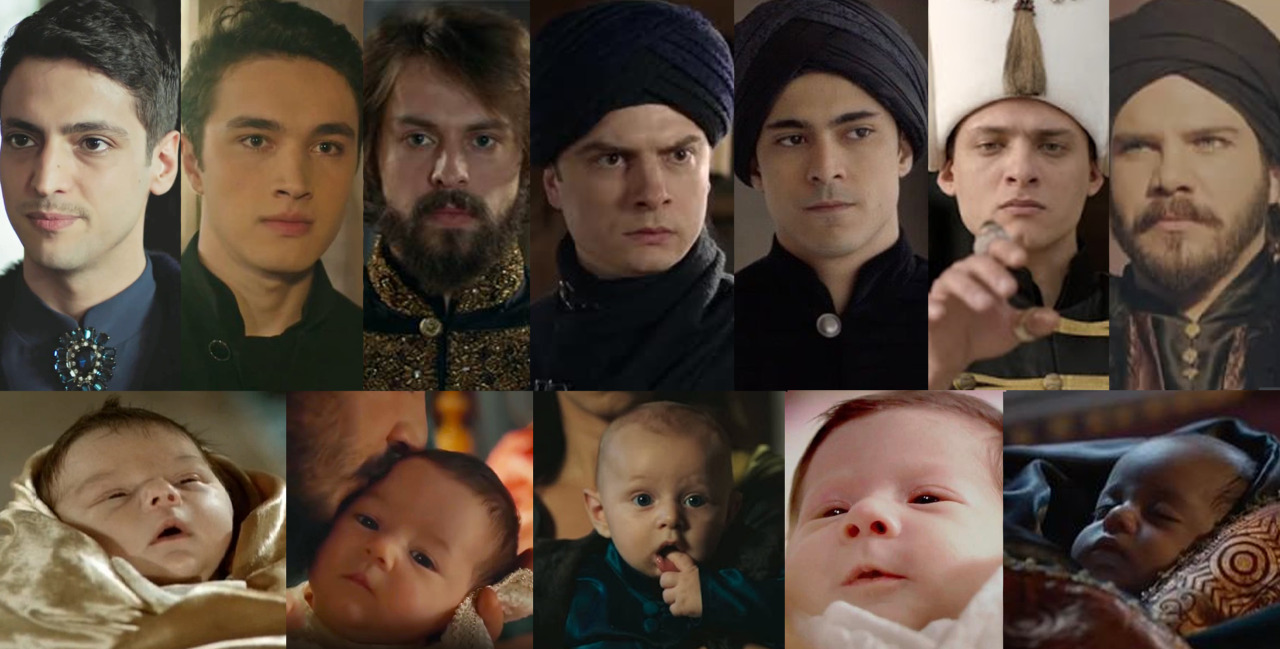
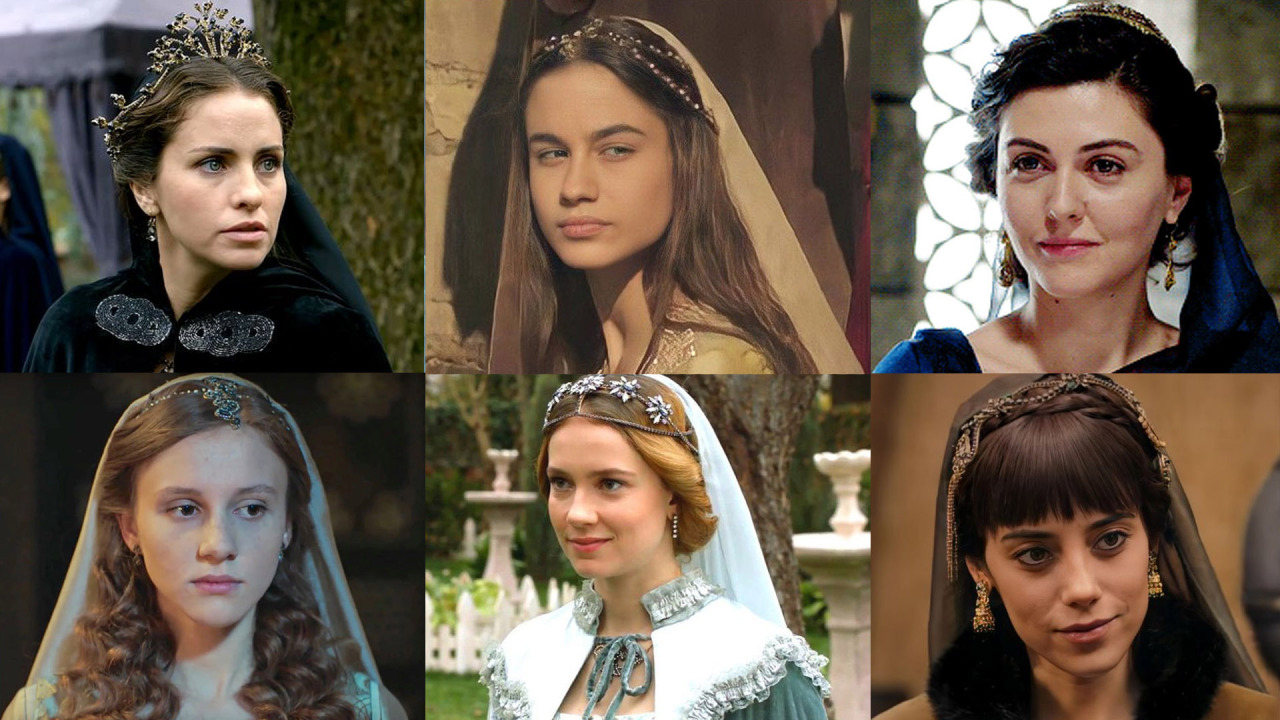



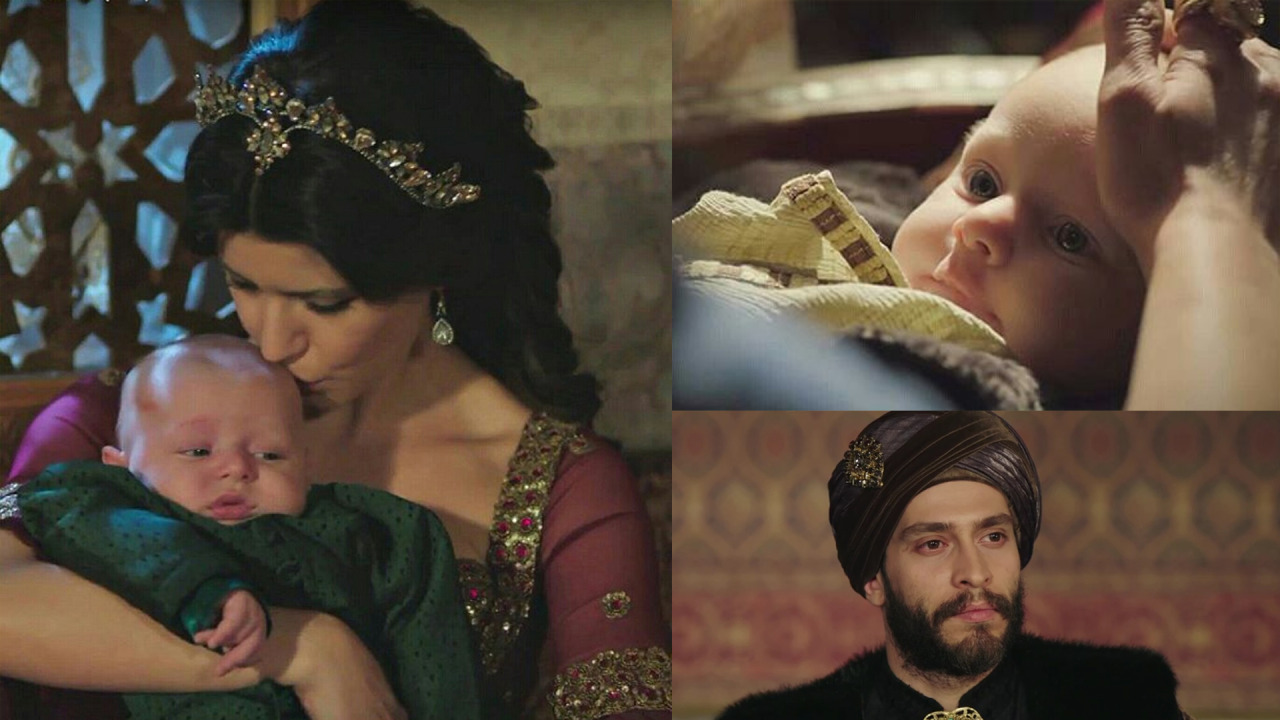

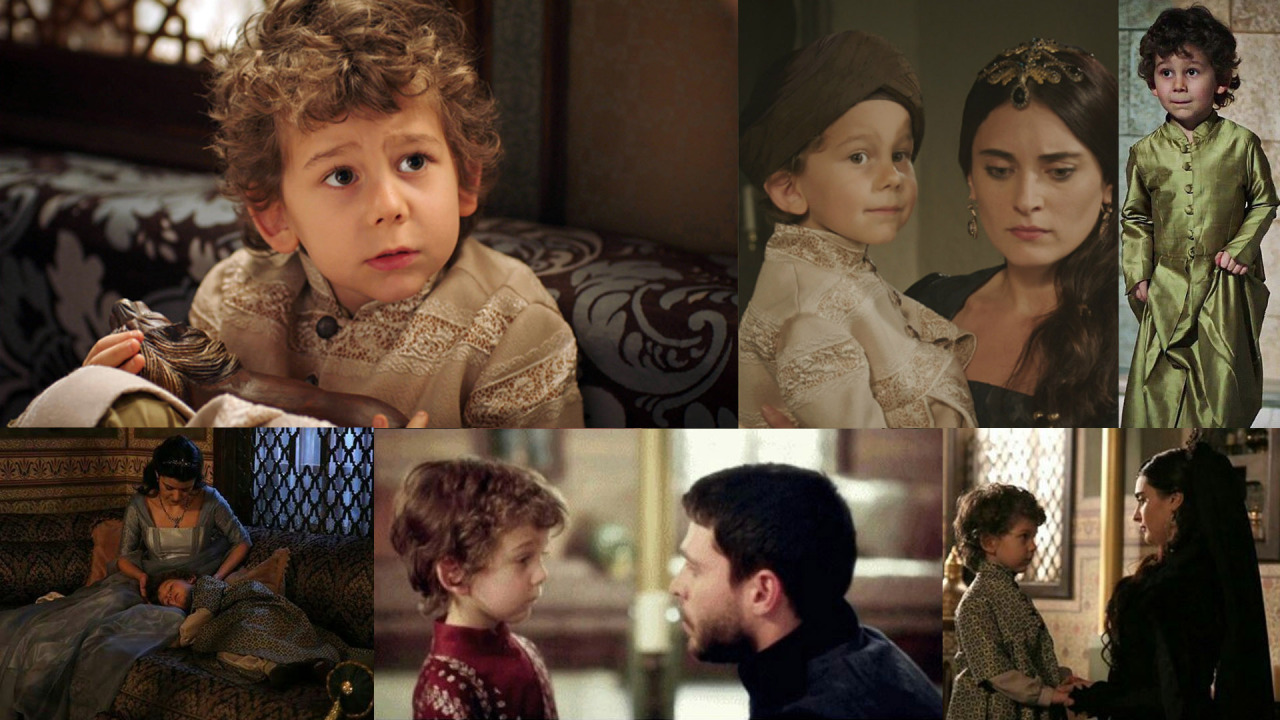

 ottomanladies
ottomanladies